Their art is revered the world over, and now both Kendra Dandy’s and Magda Archer’s work are gracing greeting cards in the UK through licensing agreements with Pigment that were unveiled at Top Drawer.
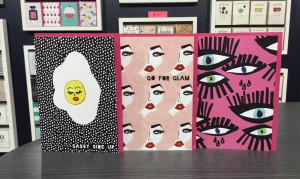
“We keep trying to gradually broaden our Pigment portfolio with interesting and diverse content, great humour and trendy looks,” explains Martin Powderly, creative director of Pigment. “So the art cards from Kendra Dandy, an American artist who comes from a fashion/printed textile background and Magda Archer, who has been making really uniquely witty, kitschy British pop art for years, really fit the bill.”
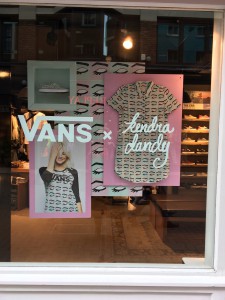
The Kendra Dandy collab came about after Martin saw her collaboration with footwear brand, Vans collection in the Vans store. “I thought it was really arresting and possibly relevant for cards,” says Martin. He contacted Kendra’s UK licensing agent, Ian Downes (of Start Licensing) as a result of which some possible card designs were ‘mocked up’ which went down really well with the key retailers he showed them to.
“Most importantly our studio also loved it,” says Martin. “Initial sell-through has been strong.”
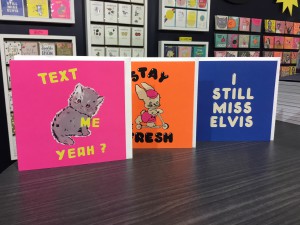
Magda Archer is one of Martin’s favourite artists and part of the British pop art lineage going back to Peter Blake and beyond. “I jumped at the chance to publish some of her cards,” says Martin. “The colour is outrageously strong, it’s fun, original and a bit mad.
Martin continues: “The card business can be inward-looking and can get a bit predictable so it’s refreshing to look outside at artists who are not preoccupied with ‘sending situations’ and all our other idiosyncrasies.”
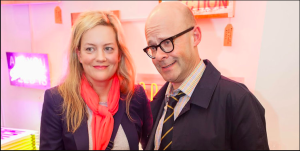
As consumer tastes are more eclectic and confident than ever, this is increasingly reflected on cards. “Many ‘named’ artists, who once would have dismissed greeting cards as a serious platform, nowadays see cards as an attractive medium that anyone can buy,” says Martin. “The new David Shrigley cards from Brainbox Candy are a great example.”
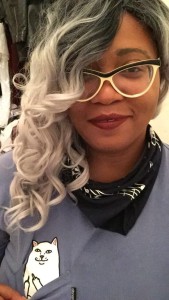
Martin himself is a trained fine artist, having attended art school in Liverpool. “I love making looks that resonate on the high street. I think this really started for me in the 1980’s with Athena. I recognise now that the freedom of that period was really energising, before the internet prevailed, when you had to go visit artists and before everything was created on a Mac. We were lucky to be part of that. So much of the poster art we developed back then now looks like pure kitsch. And so diverse, from airbrush sentimentality to punk iconography. I wish I had kept more of it!”
But when put on the spot as to whether Martin hankers to see his own work hung on the walls of the RA or is happy to see Pigment cards on the racks of thousands of retail stockists? His response is unequivocal: “The latter, mercifully!”























